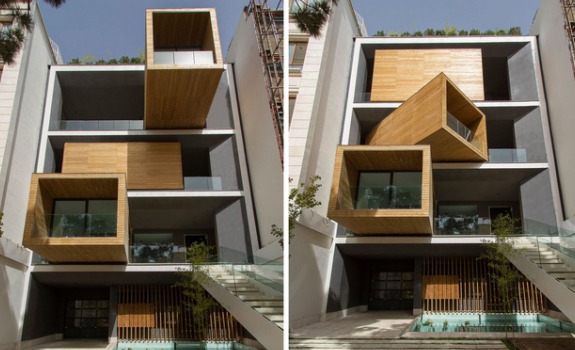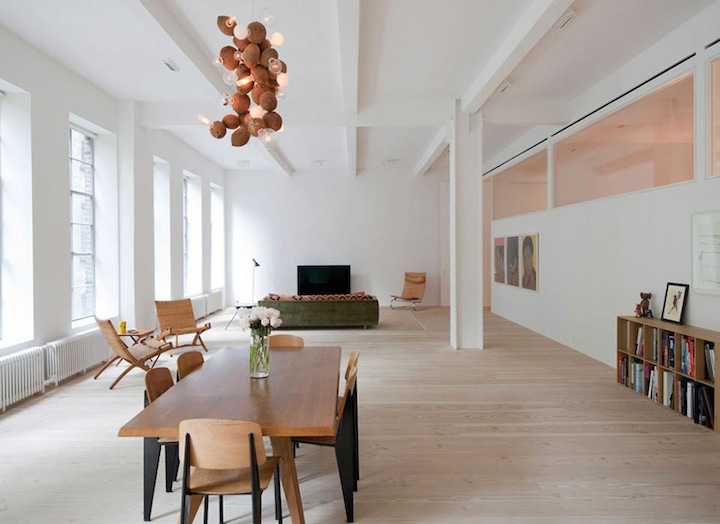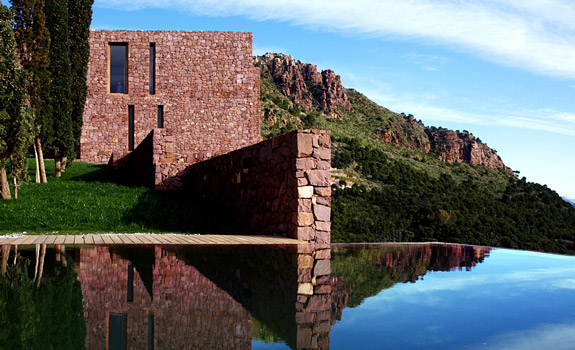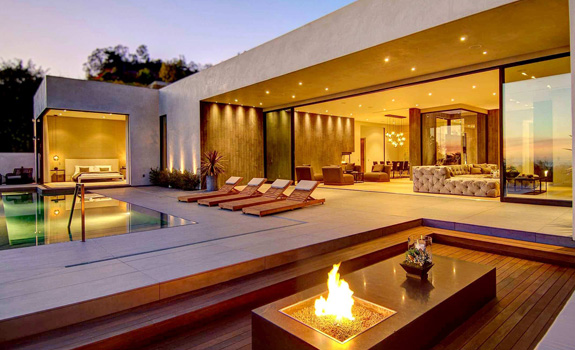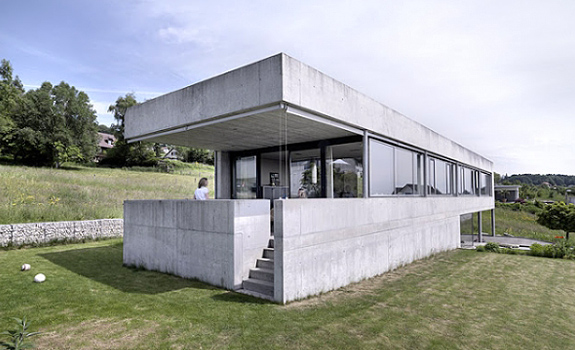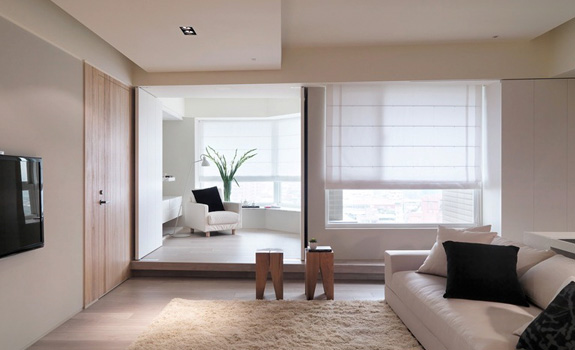Minimalist interior design
Minimalism is an interior style celebrating the principle of “less is more”. And indeed, through expressed frugality in quantity, as much as through simplified aesthetics, minimalism provides more area, more space, more light, and more practical functionality of the available space and floor area.
Clarity, purpose, and intentionality are the key features of minimalism. It’s no surprise, therefore that in our days, the style is no longer applied to interior design or fashion only, but has become a way of life of the contemporary man. For minimalism encourages people to eliminate vanity and impracticality, in order to make room for more important aspects of life, such as health, personal development, quality of relationships and social responsibility.
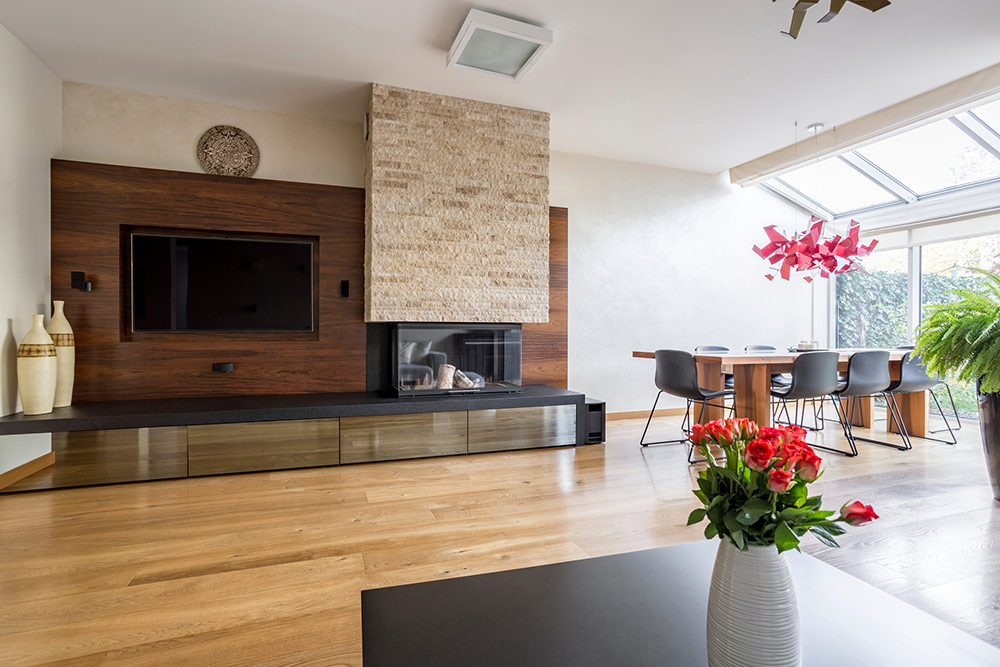
Space. Minimalist interiors are defined by open-plan layouts and abundance of light. The use of simple architectural elements, low-height furniture items of clean, contemporary design and forms, void of any ornamentation intricacy or pomposity and in predominantly light monochromatic color shades, provide a unique ambiance of order, harmony and peace of mind.
Design concept includes the bare essentials only, with focus on the balance in arrangement and composition, so the rooms look airy and spacious, uncluttered and tidy.
Light is essential for minimalist spaces. Smart use of floor and pendant lights, as well as of LED strip lights and recessed concealed lighting may give a great decorative touch, but also provide the needed ambient and task lighting. Meanwhile, the light color palette of the interior and the abundance of natural light through large windows and skylights create a warm and cozy ambiance.
Color. Color can say so much! With minimalism, it becomes a powerful “tool” to express what is intentionally missed through scarcity of décor. Typical for the minimalistic interiors are the lighter tones of the monochromatic color range, where subtle shades of white, beige and gray blend and complement each other. It is this neutral color background that enhances the influence of other colors and the feeling of spaciousness. Bold and flamboyant colors are usually avoided and rarely introduced. The minimalist interior design can however still allow pops of color, though within the main monochromatic range, such as pastel yellows, darker grays and even a couple of graphite-to-black spots.
Furniture. Minimalism provides the much needed freedom from the passion to possess, hence is a way to creating an ambiance of peace and happiness to live in. Minimalist interiors include just a handful of furniture items, and these have clearly expressed practical functionality. Most items are multifunctional, transformable and convertible, to both, spare space and to provide the necessary convenience.
Of simple design and in neutral colors, furniture objects blend in with the architectural elements, becoming practically “invisible”. This does not, however, mean that minimalist furniture cannot or does not add to the aesthetic design of the interior. Featuring top-class materials, flat, smooth surfaces, simple geometric shapes and clean lines, it actually makes a strong statement that emphasizes each item’s importance.
Décor. Minimalist design is simple, efficient and tidy, where, through decluttering space, we achieve decluttering the mind and creating a visual sense of harmony.
To avoid the feeling of cold impersonality and add a touch of artistry and pleasing to the eye aesthetics, however, there are a number of design techniques to apply in minimalist interiors. Examples can be the intelligent combination of color shades and textures in window treatments, the use of natural materials, such as linen, cotton and wool for the bedding and the seating furniture upholstery, as well as the use of floor rugs and carpets featuring clean, geometric patterns. Large mirrors and unframed posters or works of contemporary art are sufficient to decorate the white “canvas” of the walls.
Finally, the somewhat “monotonous” minimalist interiors can be successfully spruced up through adding live plants. These can be ‘traditionally” potted plants, but a much stronger effect can be achieved through impressive ‘living walls’ and airy, hanging glass terrariums.
Minimalist style helps you strike that elusive balance between statement and silence. Our collection of architectural and interior projects brings you a handy snapshot of minimalist ideas, tips and insights to bring this harmony into your space and life.

